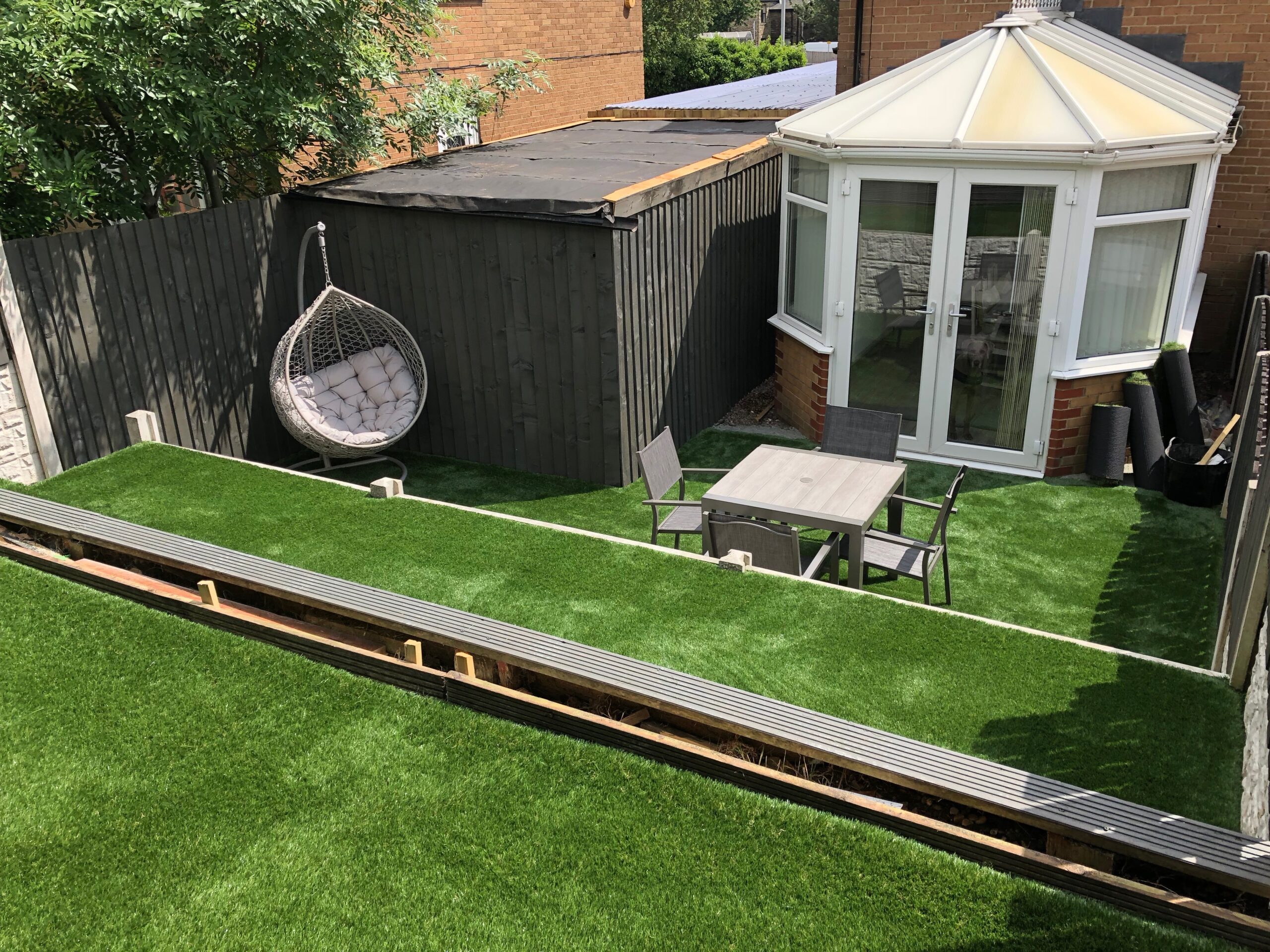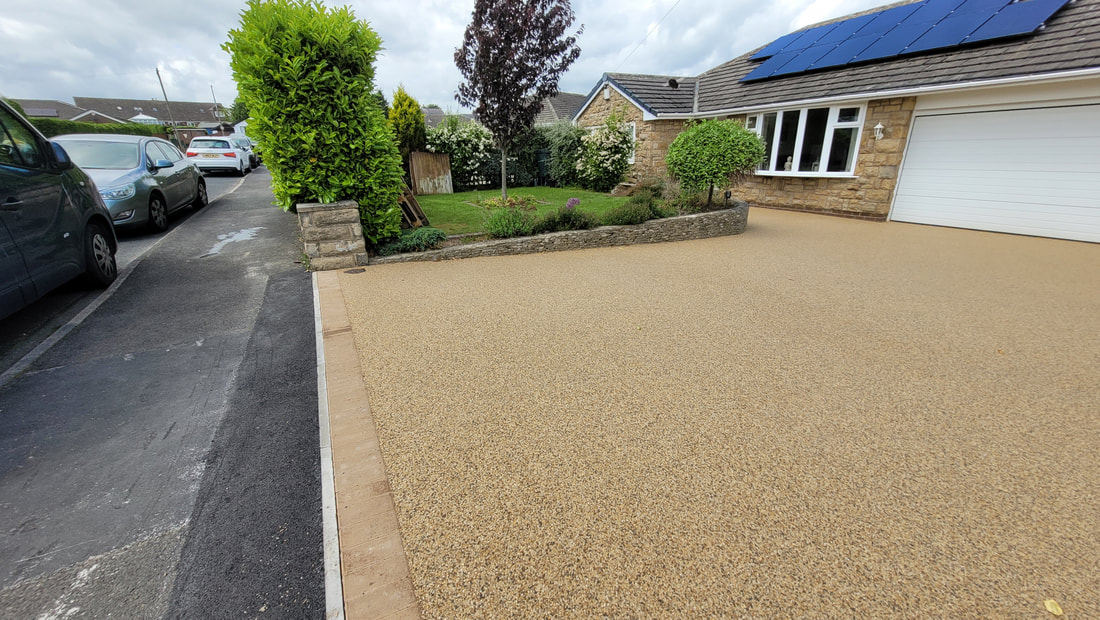Installing artificial grass can transform your yard into a lush, low-maintenance oasis, but proper preparation is key to ensuring a successful installation. Preparing your yard correctly will help guarantee that the artificial turf performs well and lasts for years to come. Here’s a step-by-step guide on how to prepare your yard for artificial grass installation.
1. Plan and Measure
Before starting, plan the layout of your Artificial grass installers. Measure the area accurately to determine how much turf you’ll need. Consider the shape of the space, any obstacles such as trees or garden features, and how the turf will fit into the overall design. Planning and measuring accurately will help you order the right amount of material and avoid waste.
2. Clear the Area
Begin by clearing the area where the artificial grass will be installed. Remove any existing grass, weeds, or debris. This may involve using a shovel, rake, or a sod cutter to remove the top layer of soil and vegetation. Ensure that the area is free from roots and stones, as these can interfere with the installation process and affect the turf’s stability.
3. Excavate the Area
Excavation is a crucial step in preparing your yard. Dig down to a depth of about 2-4 inches, depending on the thickness of the turf and the base layer you plan to install. This depth will accommodate both the base material and the turf. Make sure the surface is as level as possible to ensure a smooth installation. Removing the soil also helps with proper drainage and prevents the turf from developing uneven areas.
4. Install a Weed Barrier
To prevent weeds from growing through the artificial grass, lay down a weed barrier fabric. This fabric allows water to drain through while blocking weed growth. Ensure that the fabric covers the entire area and overlaps at the seams. Secure it with landscape fabric pins or staples to keep it in place during the installation process.
5. Create a Base Layer
The base layer is essential for providing a stable foundation for your artificial grass. Spread a layer of crushed rock or gravel over the excavated area, typically about 2-3 inches thick. This material helps with drainage and provides a solid, level surface for the turf. Use a rake to spread the base material evenly, and then compact it with a plate compactor or hand tamper to ensure it is firmly set.
6. Ensure Proper Drainage
Good drainage is crucial for maintaining the integrity of your artificial grass. Check that the base layer has a slight slope to direct water away from the area. Proper grading helps prevent water pooling and potential damage to the turf. If your yard has drainage issues, consider installing a drainage system or additional perforated pipes to manage water flow effectively.
7. Edge Preparation
Prepare the edges of the area where the artificial grass will be installed. Use landscape edging or other materials to create a clean, defined border. This helps secure the turf and prevents it from shifting or lifting at the edges. Ensure that the edging is firmly anchored and level with the base layer.
8. Allow the Base to Settle
After installing the base layer, allow it to settle for at least 24 hours before proceeding with the turf installation. This helps ensure that the base material is compacted and stable, providing a solid foundation for the artificial grass.
9. Install the Artificial Grass
Once the preparation is complete, you can proceed with installing the artificial grass. Lay out the turf, trim it to fit the area, and secure it in place according to the manufacturer’s instructions. Be sure to smooth out any wrinkles or seams and secure the edges with stakes or adhesive.
In conclusion, preparing your yard for artificial grass installation involves careful planning, clearing, excavation, and base preparation. By following these steps, you ensure a smooth installation process and a durable, beautiful lawn that enhances your outdoor space. Proper preparation not only helps with the appearance of your artificial grass but also contributes to its long-term performance and maintenance.


